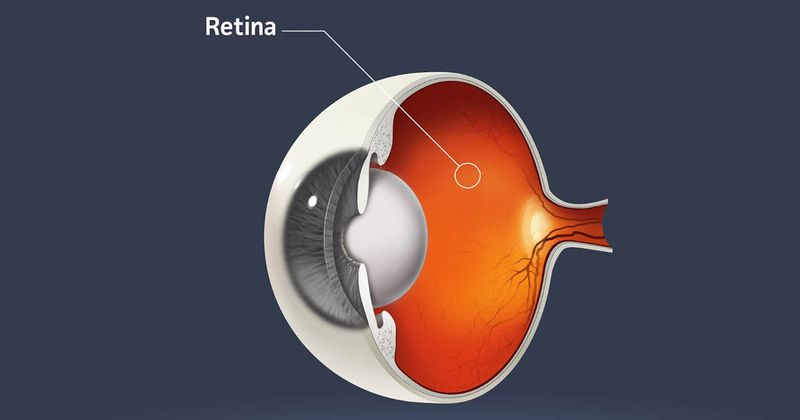Number of initial aflibercept injections may affect visual outcomes in DME
SEATTLE — The number of initial monthly aflibercept injections may play a role in achieving optimal visual outcomes in diabetic macular edema, according to a study presented at the American Society of Retina Specialists annual meeting.
Ferhina S. Ali, MD, MPH, said patients with DME can be undertreated, and studies have shown an association between the number of initial monthly injections and visual acuity improvement.

Image: Adobe Stock
“Our goal here was to evaluate the factors associated with initial monthly dosing of aflibercept and the impact on visual and anatomic outcomes at 12 months,” she said.
From the Vestrum database, 23,962 eyes that received intravitreal aflibercept as first-line treatment after DME diagnosis were analyzed. Outcomes assessed included mean change in visual acuity and central subfield thickness, the proportion of patients with at least 5, 10 or 15 letter gain or loss, baseline factors associated with those gains, and baseline factors associated with receiving a higher number of initial doses.
Eyes were grouped based on the number of initial injections they received; group 1 received one to two injections, group 2 received three injections, and group 3 received at least four injections.
Ali said group 1 had a longer time from diagnosis to treatment, fewer visits, more breaks in treatment and more losses to follow-up compared with the other groups. Additionally, female patients and those younger than age 65 years were less likely to receive at least four initial injections. Patients with visual acuity worse than 20/40 up to 20/400, patients with a simultaneous diagnosis of diabetic retinopathy and DME, patients with severe diabetic retinopathy, patients with central subfield thickness greater than 300 µm, and the presence of intraretinal or subretinal fluid were all associated with a higher likelihood of receiving at least four injections.
“When we looked at outcomes at month 12 based on subgroup, we saw that with increasing injections there were increasing visual gains from baseline at first visit post initial dosing and at 12 months,” Ali said.
Patients who received at least four injections during the monthly dosing period had a 49% higher likelihood of gaining 15 letters by year 1, Ali said, with each injection following the initial monthly dosing period associated with an 8% higher chance of gaining vision at year 1. From the first visit after the initial monthly dosing period and 12-month follow-up, mean central subfield thickness changed from –41.9 µm to –59.3 µm in group 1, –80.2 µm to –81 µm in group 2 and –105.6 µm to –114.4 µm in group 3.
“We saw trends of improved visual and anatomic outcomes observed with increasing number of aflibercept injections during the initial monthly dosing period and at month 12 following initiation of treatment,” Ali said.

